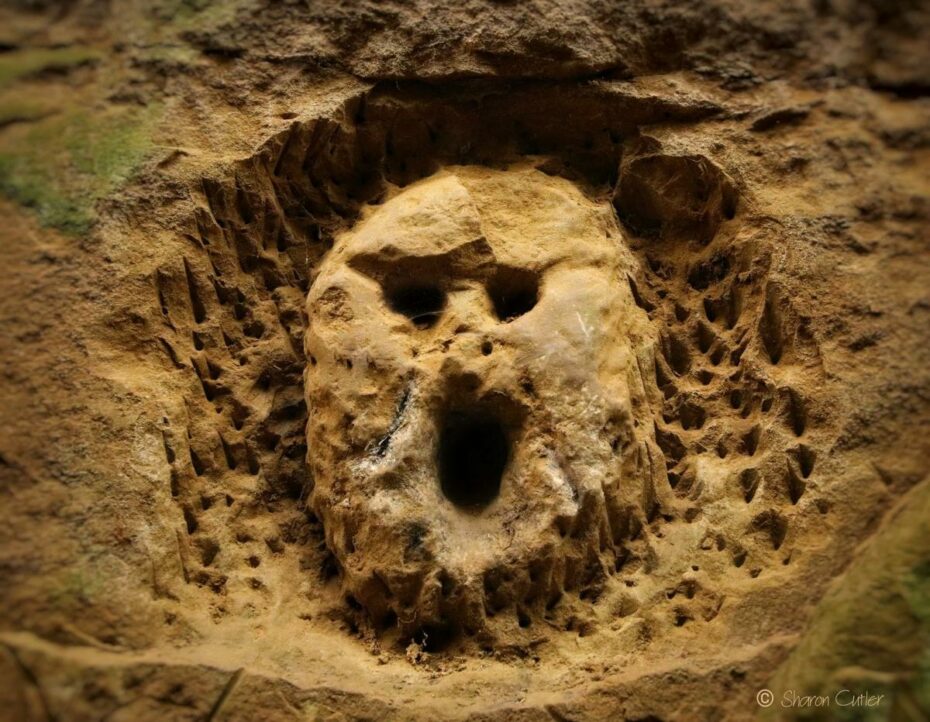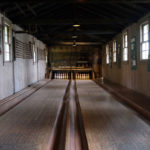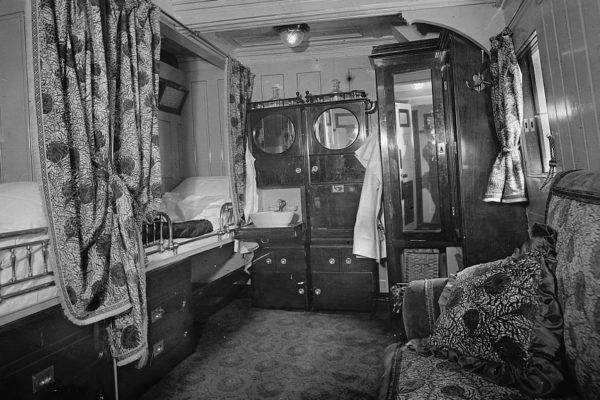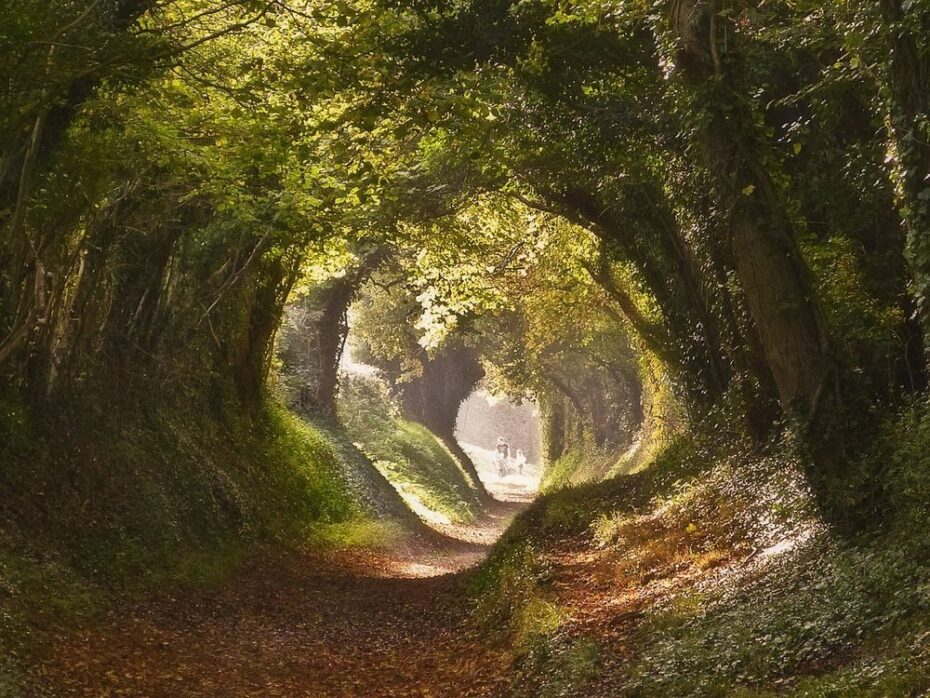
Dreaming of getting lost down some pastorally perfect country roads? Much more than a route from A to B, these mysterious ancient pathways hold secrets of their own. To find out what they are, all you have to do is walk towards the light at the end of the lane. Our usual advice to rovers and ramblers is to veer off the beaten track, but today we’re taking the path so well-trodden it’s almost underground. Get ready to lose yourself in the burrows of Europe’s sunken lanes…
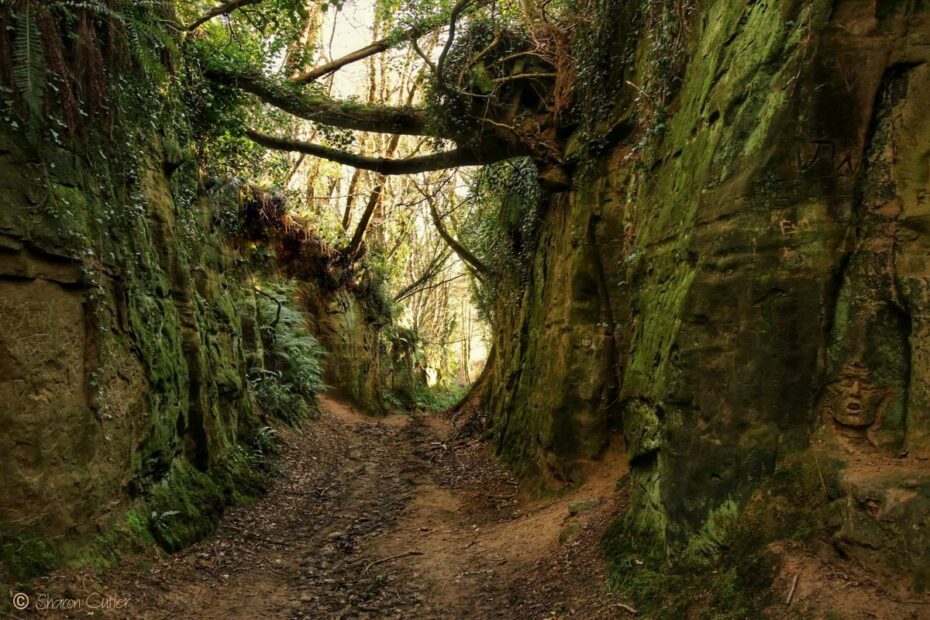
Sunken lanes, sometimes known as holloways, are unique countryside features which can be traced back to Roman and Saxon times. They’re tunnel-like roads that have naturally sunken into their surroundings by an unfathomable number of footsteps. Some are even as deep as 30 feet, resembling gorges more than pathways.
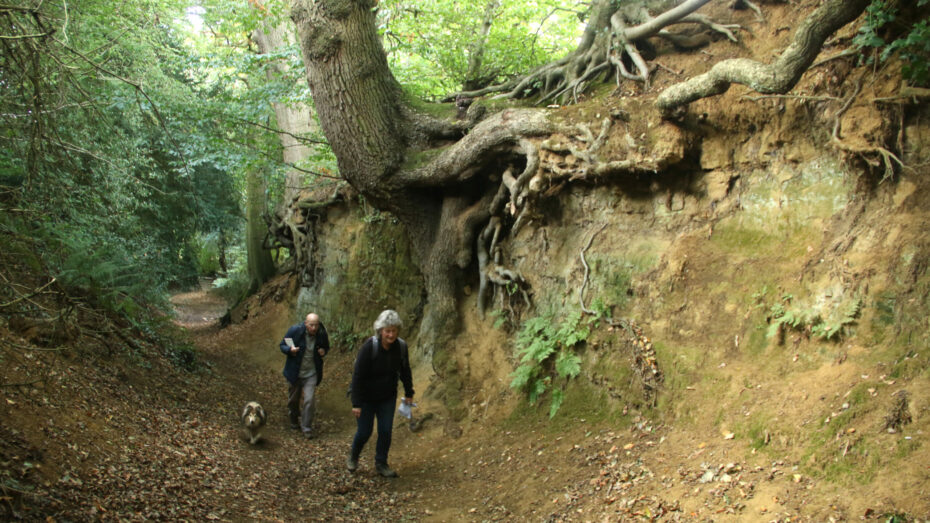
These hidden trenches dredged through the earth often have grassy banks on either side and overhanging forestry on top. Walking under this shady storybook canopy is a bit like looking through a keyhole, or down the barrel of a gun.

No one really knows how they got their cylindrical shape. Many geologists agree that the roads started to recede hundreds of years ago due to heavy traffic. This could have been by horses hooves or wheels from carts heading to market. Some say erosion from fast flowing flooding also had a part to play. While others assume they are boundary markers for neighbouring landowners. Whatever the cause, they formed once essential networks of rural communication. These natural beauties have a neglected past, but for those willing to dig a little deeper, they provide an enchanting glimpse into a time long gone.
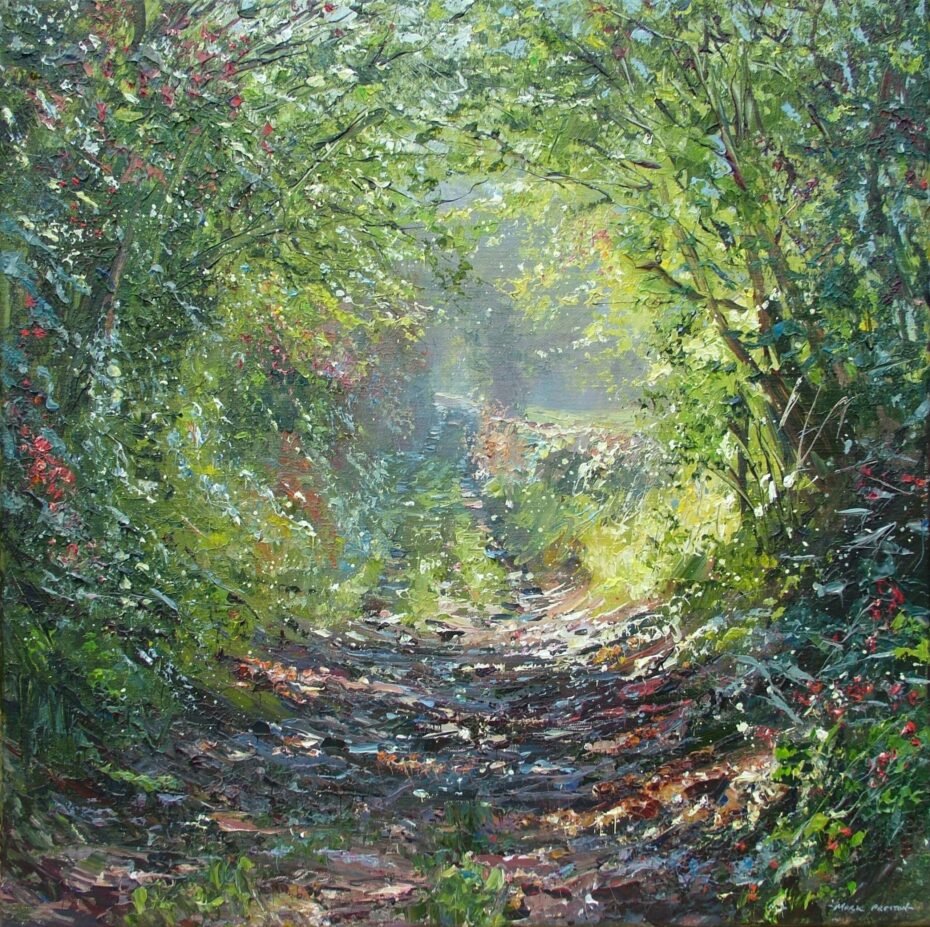
Found far and wide, from Spain to Syria, many sunken lanes are abandoned as roads, being too narrow for modern transport. That’s why these days they make idyllic hiking trials for country bumpkins in the know. But their history tells a less peaceful story. The hidden nature of this hidden nature played an important role in battles and conflict, functioning as assembly points for troops or secret strategic routeways. So much so that one sunken lane in La Meauffee, Normandy, earned the nickname ‘Death Valley Road’, after a bloody clash between American and German soldiers during WWII.
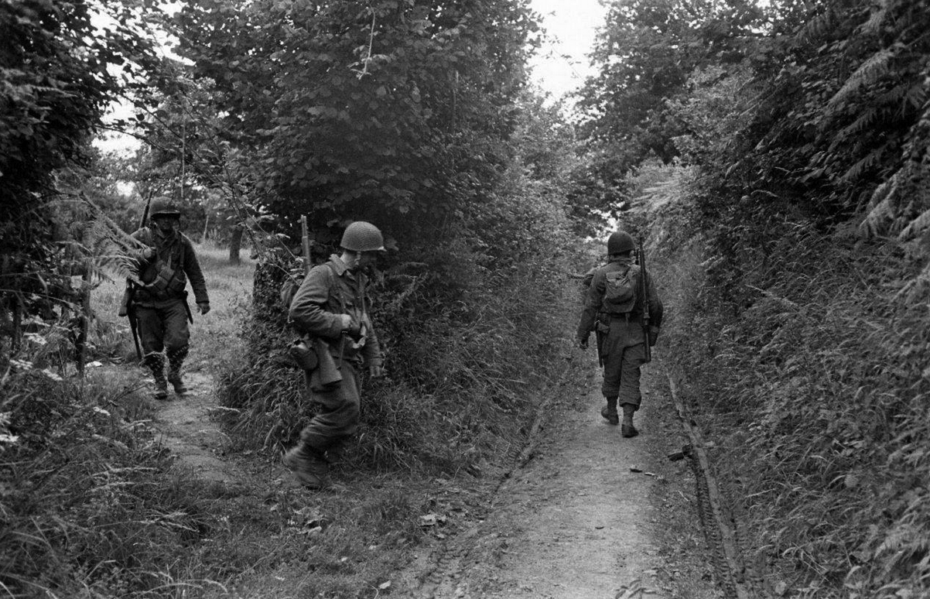
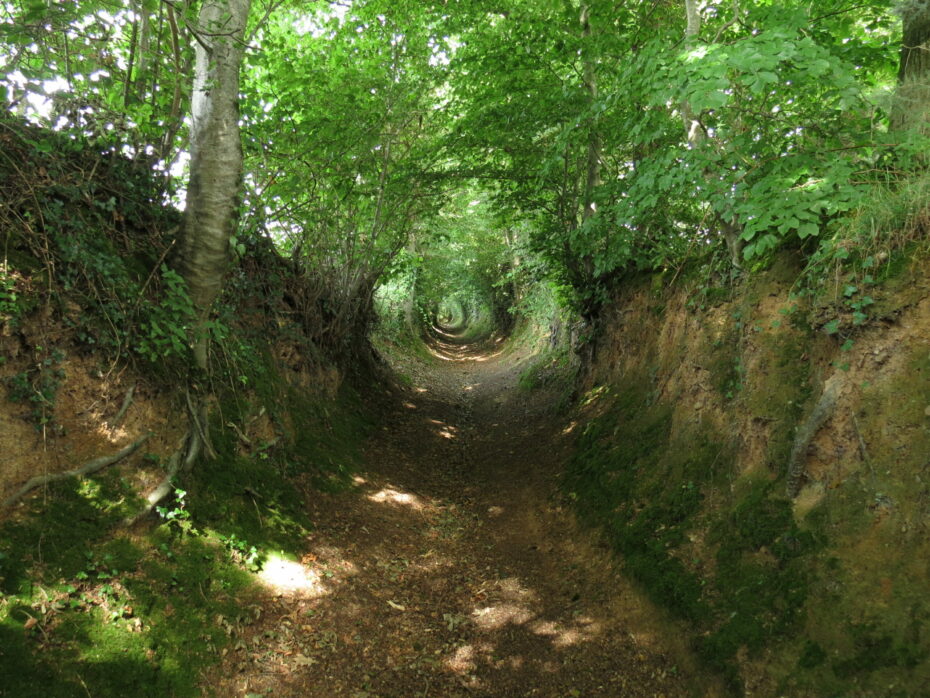
With gnarled tree roots and bats flying overhead, it’s easy to feel like you’re entering another world, or an underworld. Unsurprisingly, folklore and legends surround these mysterious lanes. Carved into the weathered rock, you might find ancient ‘graffiti’ depicting ghouls, gargoyles, and Celtic patterns. Some experts say the purpose of these pathways was more than simply practical, but magical too. Many believe sunken lanes were sacred, possessing spiritual or religious properties. Archaeologist Andy Jeffries even described holloways as “inverted cathedrals lurking in the landscape.”
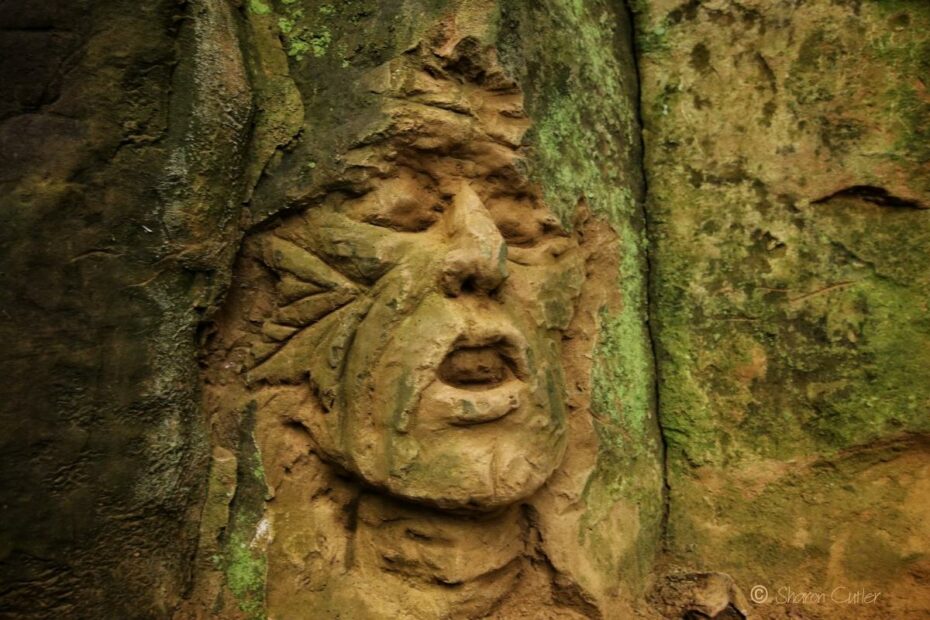
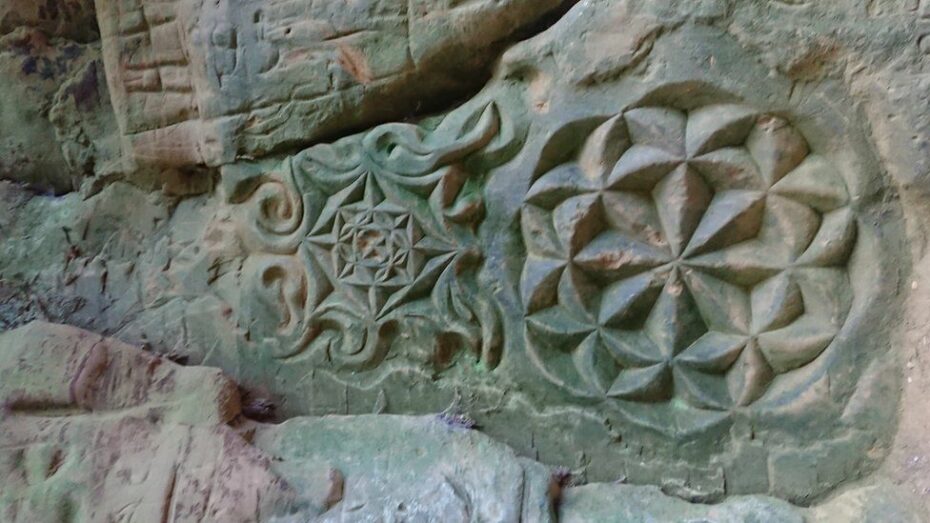
It’s no wonder these lost labyrinths of wildness and wonder inspired Tolkien’s Middle Earth in The Lord of the Rings. Makes you think, what else is lurking beneath the surface?
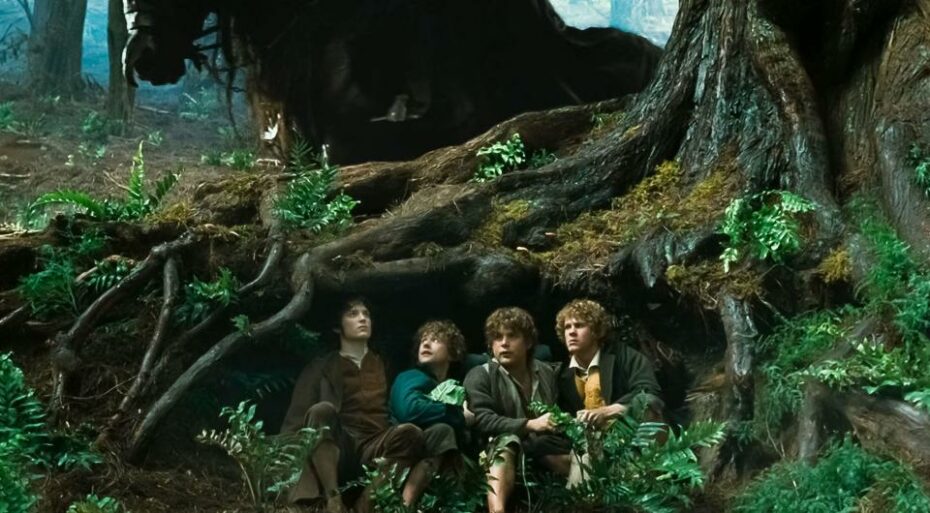

Sunken lanes are particularly prevalent on the south coast of England, where the ground is soft and rich in chalky sandstone. From above they might look like hedgerows so can be hard to hunt out. Here’s a list of where you can find these forgotten worlds that crisscross the English countryside:
- Golden Cap, Dorset
- Dunstable Downs, Bedfordshire
- Nap Wood, East Sussex
- Petworth, West Sussex
- Bridport, Dorset
- Felbrigg, Norfolk
- Newton Hollows, Cheshire
- Witley, Surrey
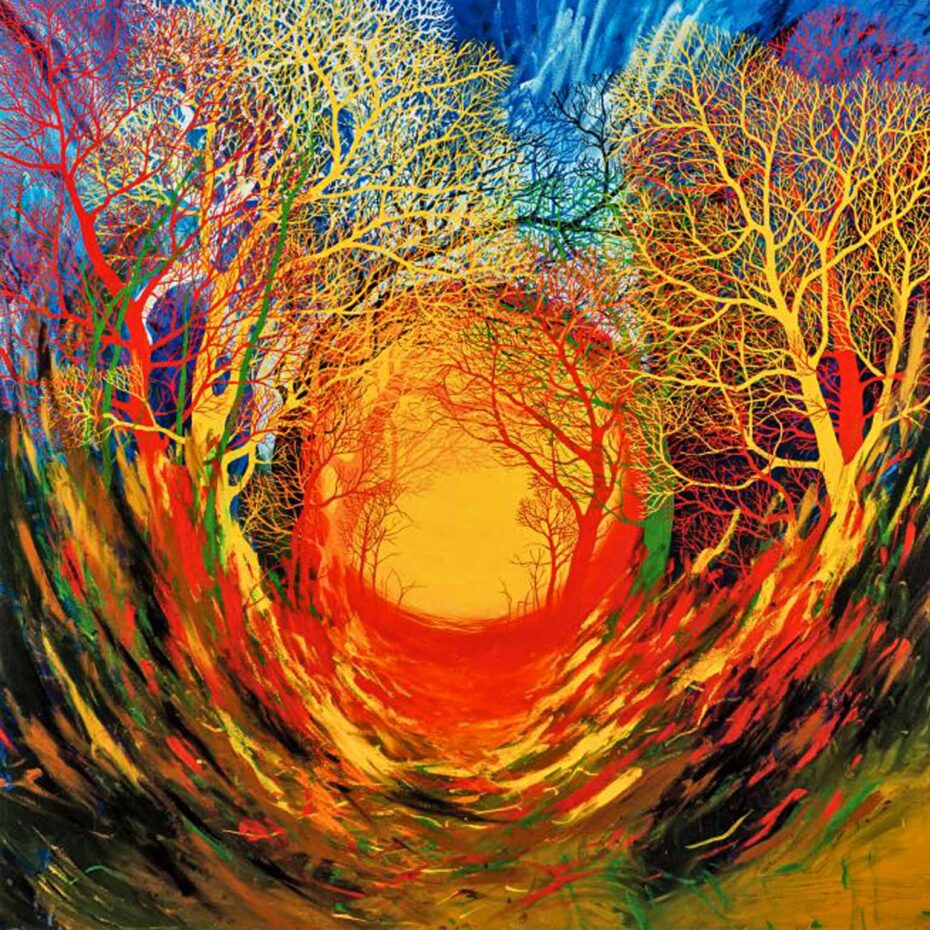
So if you’re seeking solitude away from the hustle and bustle of city life, sink your feet into these deep canyons of peace and quiet. Although with a history as rich as it’s fertile soil, you might not be totally alone…
